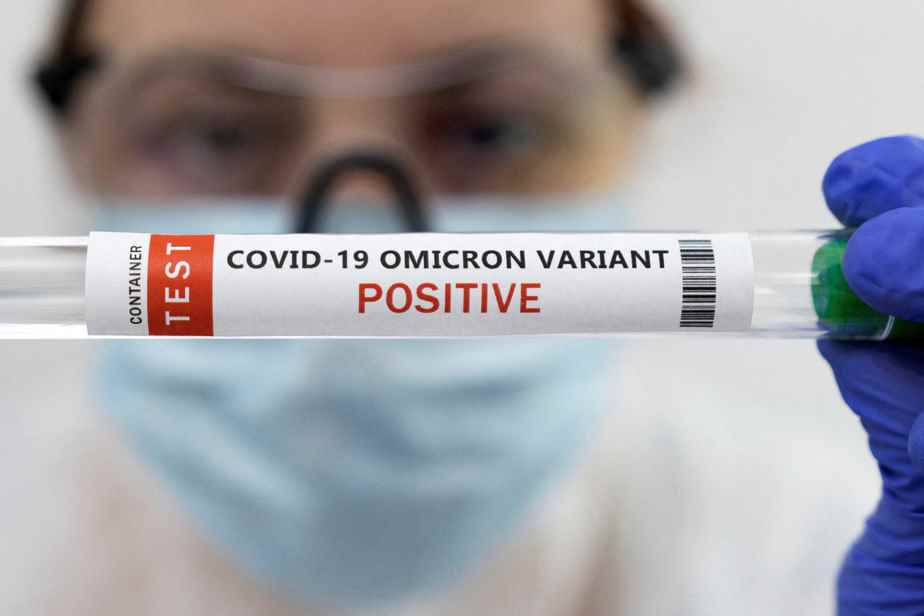(Montreal) For about a week, US health authorities have claimed that Omicron XBB.1.5 subvariant has taken over as the dominant strain in the transmission of COVID-19 in the United States. However, there are still only a handful of these cases listed in Quebec.
There is still no trace of the XBB.1.5 subvariant in the online data of the National Institute of Public Health of Quebec (INSPQ) and it will be necessary to wait a few more weeks before observing its progression.
According to information provided by the medical director of the Laboratoire de santé publique du Québec (LSPQ), the DD Judith Fafard, seven cases of XBB.1.5 were identified through the sequencing of samples during the month of December.
Of these, five cases would be linked to the circulation of the virus in the community and two others would come from travellers.
According to the DD Fafard, the XBB.1.5 subvariant accounted for approximately 0.5% of all SARS CoV-2 infection cases during Christmas week in Quebec. We say “approximately” since statistical data below the 2.5% threshold is considered not reliable enough to be published by the INSPQ.
In addition, only variants whose prevalence reaches at least 1% are displayed in the table available on the INSPQ website. Thus, we should still not see the famous XBB.1.5 emerging during the next data update next week.
“Already, the table is a bit indigestible so if we also included the variants that account for less than 1%, there would be far too many”, explains the expert. The most recent data dates back to the week of December 11-17 and there are 37 different sub-variants in circulation.
The microbiologist-infectiologist estimates that Quebec may have a few weeks ahead of it before seeing XBB.1.5 replace the current dominant strain, BQ.1.1.
“We have the same variants that were circulating in the US before XBB.1.5 took hold, so we can expect our variants to be (replaced). We just don’t know how quickly it will happen, ”predicts the director of the public health laboratory.
“But it’s still worrying to see how quickly it replaces other variants in the United States,” adds the infectious disease specialist.
From what has been observed so far in subvariant XBB.1.5, this is a more contagious mutation of the virus because it seems to more easily circumvent immunity in its host and because that it would cling better to cell receptors.
However, there is nothing to confirm that this strain is associated with a more severe disease. While there is a sharp increase in hospitalizations in the United States, it remains to be seen whether this increase is related to holiday gatherings, the general increase in the number of infections or the severity of the disease.
